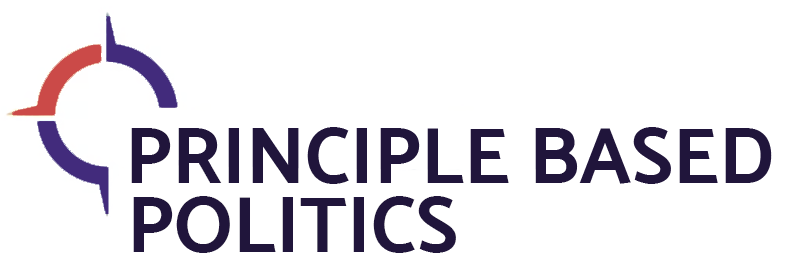
16 May Purple People
When legendary football coach Bud Grant died in March, it got this blogger thinking about the “good old days.” Yes, an era when Bud’s Minnesota Vikings lost four Super Bowls in eight years—losing by double digits each time and never once even having a lead—is considered tremendous by our standards. The Vikes have not been back to the big game since 1977, and dashed hopes continue.
Along with Grant, also gone from those less-frustrating 1970s teams are the likes of kicker Freddy “The Toe” Cox and center Mick Tingelhoff, among other greats from our boyhood.
But the most fabled of all, the defensive linemen nicknamed the “Purple People Eaters,” do live on five decades later. That line foursome was anchored for many years by Hall of Famers Carl Eller and Alan Page, along with Jim Marshall and Gary Larsen. Hall of Famers Paul Krause, Fran Tarkenton, and Ron Yary from that era also are still “above the turf.”
For varied reasons, we need more Purple People today, and not just in football. Politics is the main venue in which more is needed. We should explain.
When You Mix Red and Blue
The beloved Purple People Eaters certainly were not cannibals. The traits they did display to earn their nickname were ruggedness—playing in shirtsleeves and forgoing bench heaters even in frigid Metropolitan Stadium—along with humility, determination, stoicism, and being understated. Bud Grant was their role model in each of those respects.
These traits all would be good for politicians to display, without a doubt. But, when we say that modern politics could use more Purple People, we have in mind our desire for more moderation, centrism, respect, self-sacrifice, reasonableness, bipartisanship, and open-mindedness.
As you know, our current national government is dominated by a “red” Republican Party and a “blue” Democratic Party. In effect, those are the parties’ team colors. Although it is not perfectly fitting to say the dueling factions are “bright” red and “brilliant” blue, it would be correct to observe that the red and the blue are on the extreme ends of the spectrum for each color. Clearly, the two parties often seem to despise each other. They dare not say anything nice about the other or the other’s ideas. Many refuse to vote for anything the other side proposes. Some are loath even to be perceived as working together.
There is a better way. That better way is where the color purple comes in.
An elementary school student can tell you what color is formed by blending red and blue. (Many kiddos probably tried it in the soda fountain, by the way. Certainly, they have experimented with watercolors in art class.)
A political Purple could combine the most helpful traits of the red and blue “sides.” It could blend the best of the liberal and conservative ideologies. It could advance the strongest, most workable policies either can conjure. A purplish mentality would be open to the finest innovations that anyone could discover. Purple personnel decisions would appoint staff—from cabinet heads on down—that have the keenest minds and most helpful experience available.
Any shade of political purple, from violet to lavender to lilac to plum, would be better than the dull red and faded blue we have now.
Today’s Purple People Eaters
So, why is America not led by purple-focused people in the twenty-first century? Sadly, we are being hindered currently by a different type of Purple People Eaters. These are the party activists and extremists on both sides of the political aisle. These actually do cannibalize their own. Specifically, nearly any Democrat or Republican who strays too close to the middle ground gets skewered and ultimately devoured by party fanatics on their fringes.
These extremists, if they have money, financially support one of their own to run against the wandering moderate. If the radical has influence of a non-financial sort, those strings are pulled in favor of the like-minded. The polarized and polarizing media stirs up the party faithful in a way that hurts the reasonable centrist and helps the immoderate challenger.
After all, centrism and moderation do not draw financial support, string-pulling, or ratings like division does.
As any Viking fan will tell you: it’s frustrating.
Written by Quentin R. Wittrock, founder of Principle Based Politics.
Look for his posts each week, as this blog will explore and promote the idea of principle in politics, both as to individual elected leaders and our federal government as an institution.


Ted
Posted at 14:58h, 16 MayAs a Packers fan, you’ve made me want to see more “purple people” in our politics.